Economy

BLS Data Shows South Central Region Tops in Job Creation
Written by Peter Wright
July 25, 2018
In both Q1 and Q2 2018, the South Central region pulled ahead of the Pacific in total job creation, according to Steel Market Update’s latest analysis of Bureau of Labor Statistics data. The BLS released second-quarter employment data by state on Friday. The state data follows the national figures that were published on July 6 and confirm the strength of the labor market.
The states compile their employment numbers independently of the feds, and then both are reported by the BLS. In the 22 quarters since and including Q1 2013, the feds reported total job creation of 13,848,000 and the states reported 13,648,000, a difference of just 1.5 percent. Our report covers only the lower 48 states; therefore, the fed and state totals are impressively close. Figure 1 shows the history of state totals since 1992, and Figure 2 shows the same format for the Pacific region. Job creation in the Pacific region fell from 184,000 in Q4 2017 to 59,000 in Q2 2018. SMU has graphs in the same format for 10 geographic regions and can produce them for individual states on request.
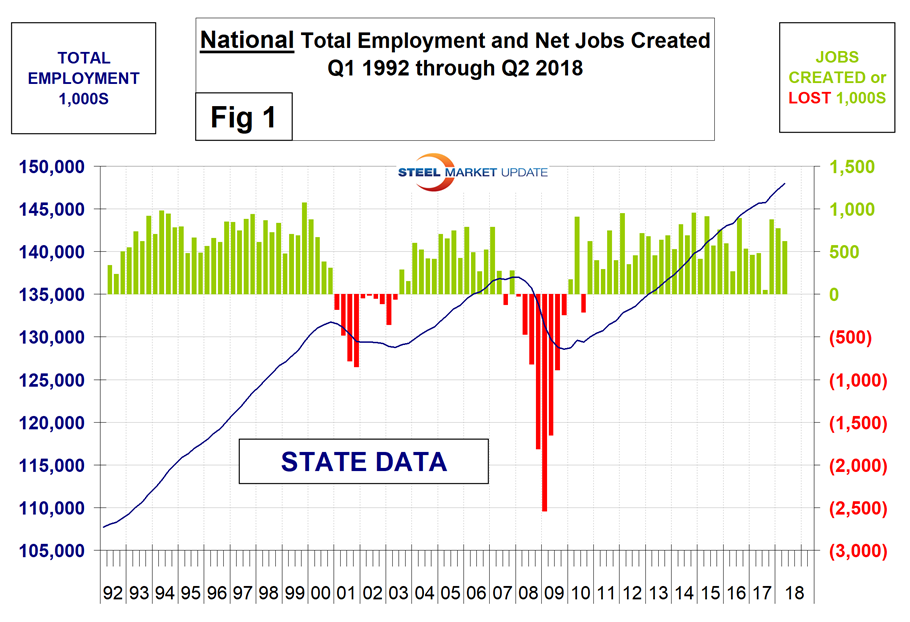
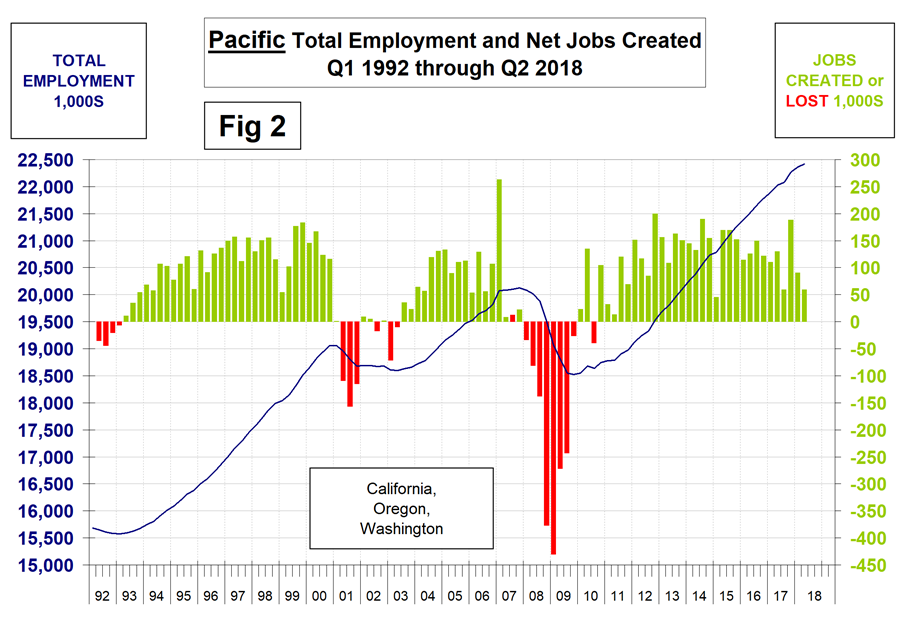
The 10 geographic regions described in this report are:
New England, (CT, ME, MA, NH, RI, VT)
North East, (NY, PA, NJ)
Mid Atlantic, (DE, DC, MD, NC, SC, VA, WV)
North Central, (IA, KS, MN, MO, NE, ND and SD)
East North Central (IL, IN, MI, OH and WI)
East South Central, (AL, KY, MS and TN)
South Central, (TX, OK, LA and AR)
Mountain, (AZ, CO, ID, MT, NV, NM, UT, WY)
Pacific region, (CA, OR and WA)
South East, (FL, GA)
Table 1 shows the history of quarterly job creation by region since Q1 2014. In Q3 2017, the Pacific region created the most jobs, but in both Q1 and Q2 2018, the South Central region, led by Texas, pulled into first place. The numbers are seasonally adjusted and all regions had a positive net gain in the last three quarters.
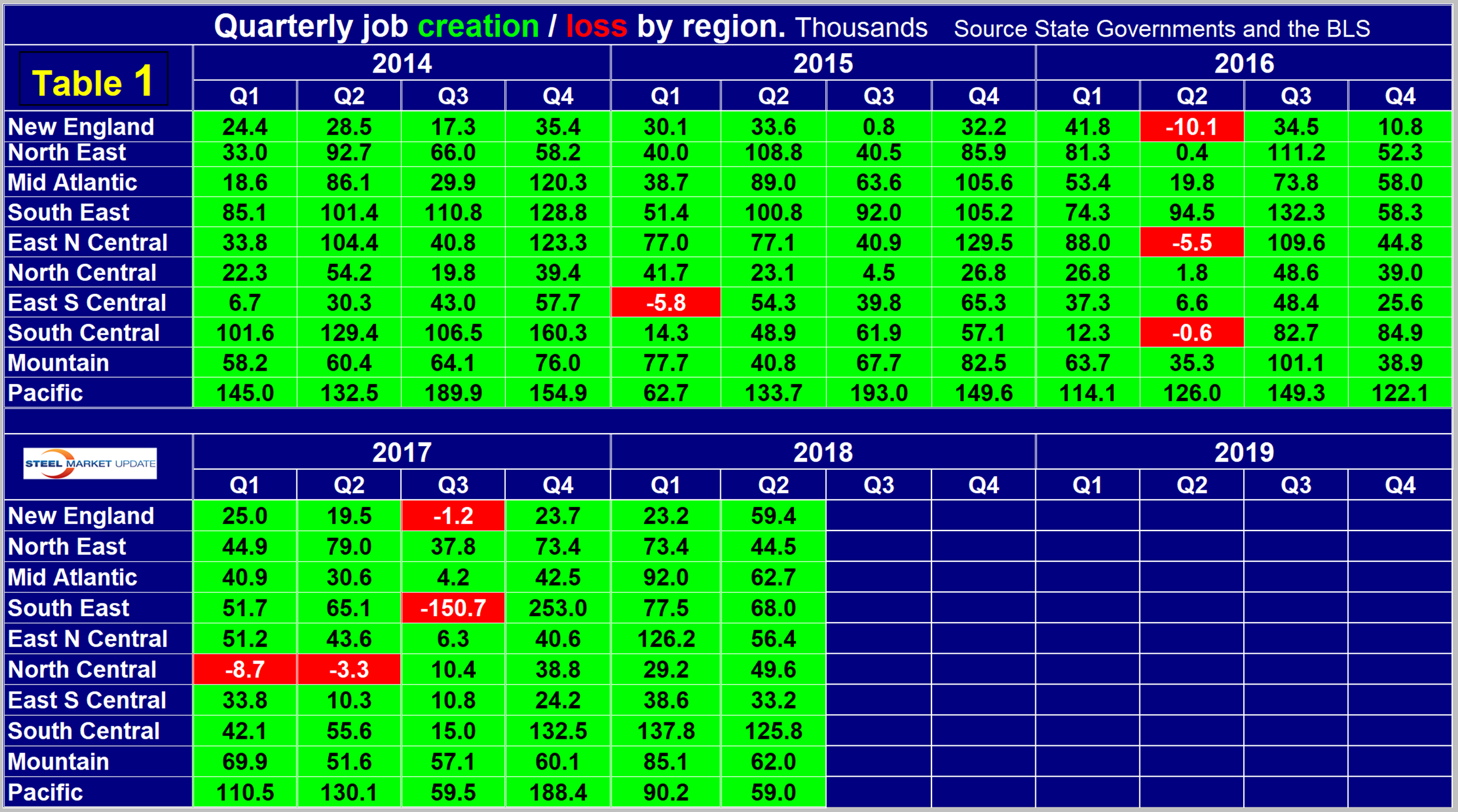
The regions have fared very differently since the pre-recession high of first-quarter 2008 and since the low point of fourth-quarter 2009. By the states’ calculations, there are now 11,013,000 more people employed than there were immediately before the recession, but of that number 41.5 percent were created in the South Central and Pacific regions (Table 2).
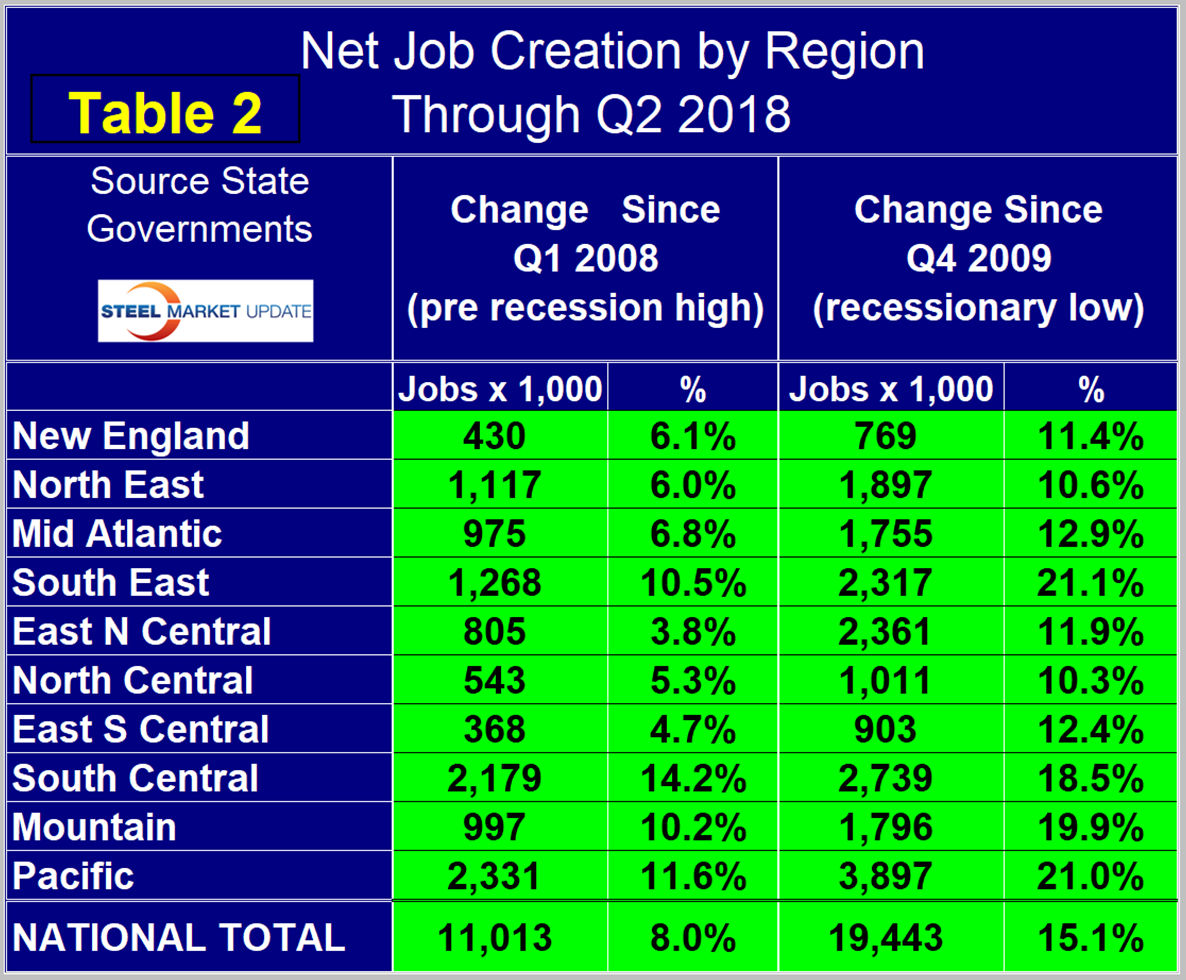
The third quarter of 2015 was the first time that every region had more people employed than it did at the pre-recession peak. The rate of job creation still varies widely across the country. In the last four quarters, the Mountain region has had the highest rate of job growth at 3.0 percent and the North Central region the lowest at 0.65 percent (Table 3).
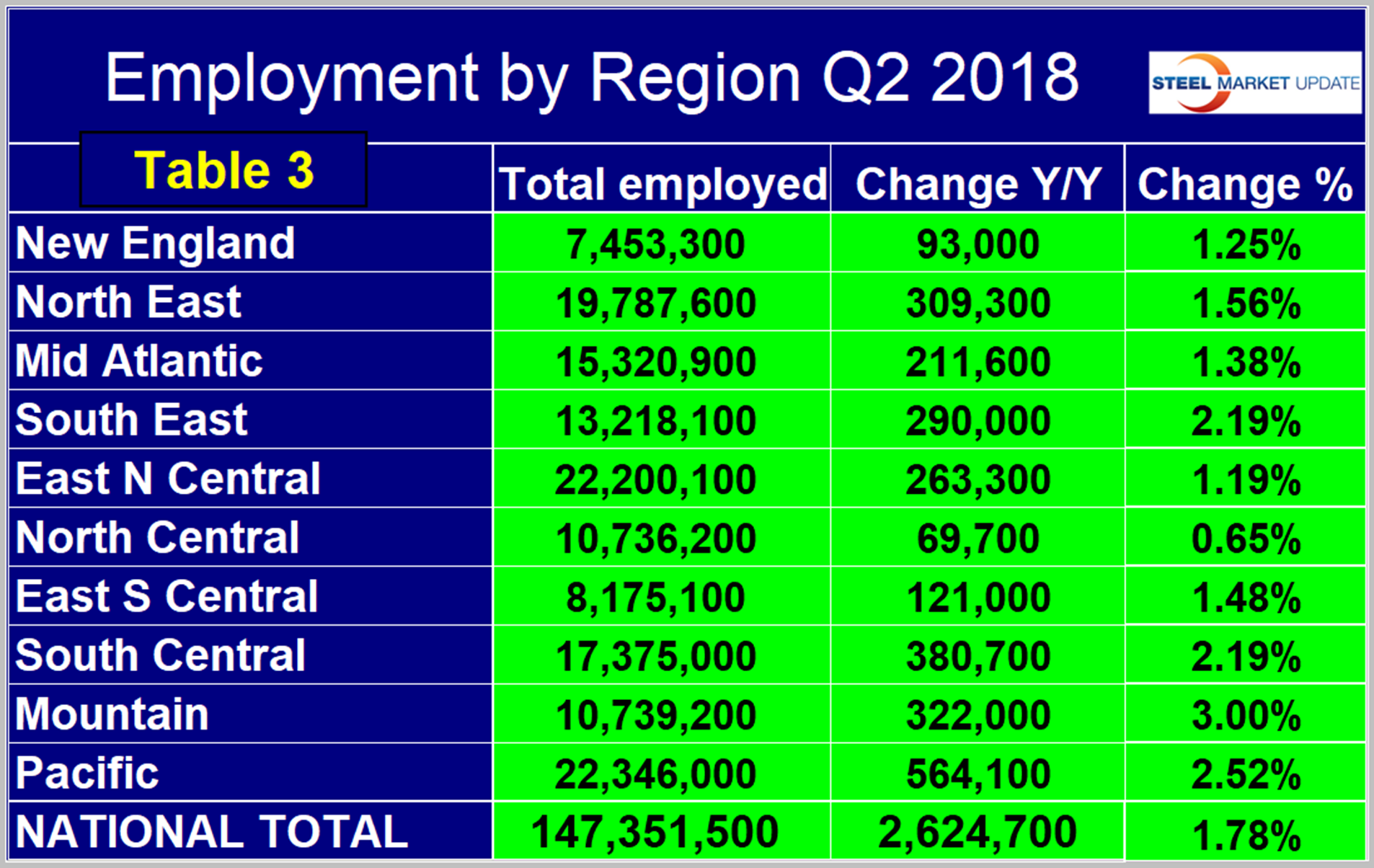
SMU Comment: We believe it’s important for those subscribers whose businesses are substantially regional to have as much data as possible to compare their own results with those of their locality. This report, along with our quarterly reports on regional GDP and regional imports, are intended to help in that respect.

Peter Wright
Read more from Peter WrightLatest in Economy

Steel groups welcome passage of budget bill
Steel trade groups praised the passage of the Big Beautiful Bill (BBB) in Congress on Thursday.
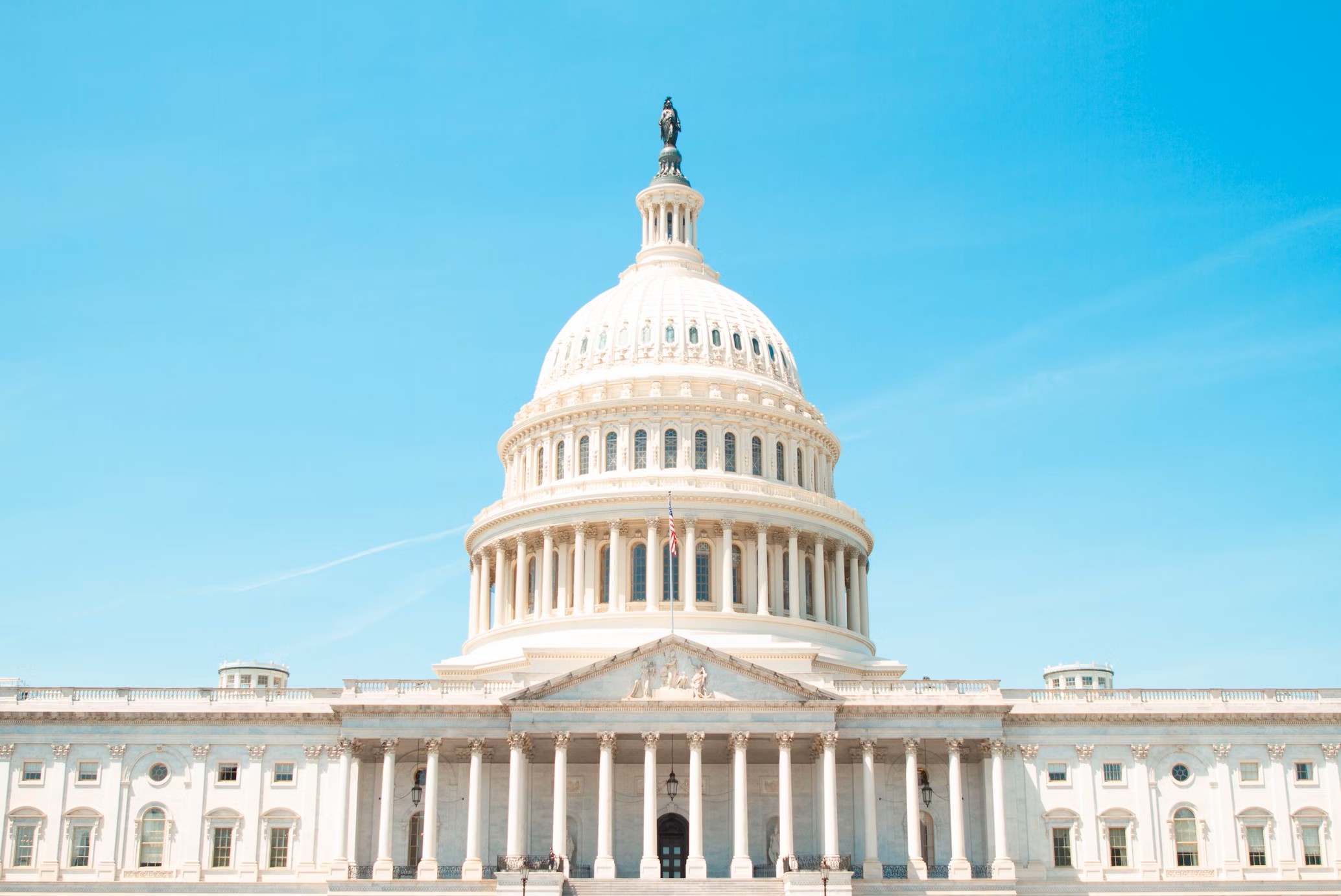
Industry groups praise Senate for passing tax and budget bill
The Steel Manufacturers Association and the American Iron and Steel Institute applauded the tax provisions included in the Senate's tax and budget reconciliation bill.

Chicago PMI dips 0.1 points in June
The Chicago Purchasing Managers Index (PMI) slipped 0.1 points to 40.4 points, in June.

Multi-family pullback drives housing starts to 5-year low in May
US housing starts tumbled in May to a five-year low, according to figures recently released by the US Census Bureau.
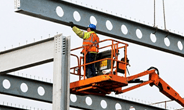
Architecture firms still struggling, ABI data shows
Architecture firms reported a modest improvement in billings through May, yet business conditions remained soft, according to the latest Architecture Billings Index (ABI) release from the American Institute of Architects (AIA) and Deltek.
